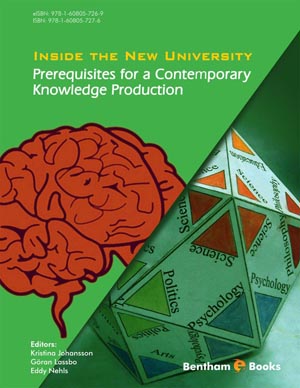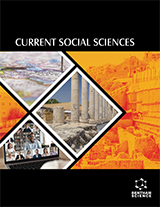Abstract
This chapter discusses how young students’ are using their digital competence in higher education. It also gives suggestions about relevant aspects to consider when implementing digital tools in higher education in order to support students’ learning. The main conclusion is that the young generation is usually highly digitally experienced but still lacks the basic knowledge about how to use digital tools for the purpose of learning and planning for a career. There is thus a complex difference between the students’ private use of digital tools and the use that applies to a specific course in higher education. To be competent in using the tools for private purposes does not imply that one is automatically competent in using the tools for other purposes. Consequently, to get the students to see the benefits of how digital tools can support their learning, a dialog needs to take place between students and teachers about the purpose of their use and how digital tools can be used in a variety of contexts and social practices. The actual use of digital tools in higher education also needs to be continuous to enable the students to clearly see the potential of the tools in different subjects and courses and for learning in a broader sense, that is, lifelong learning.
Keywords: Learning, Internet, Two-Way Tools, Digital Natives, Digital Immigrants, Higher Education, Context-Bound Use, Communities of Practice, Digital Literacy, Pedagogy, Prosumers, Web 2.0, Social Media, Net Generation, Podcasting.













